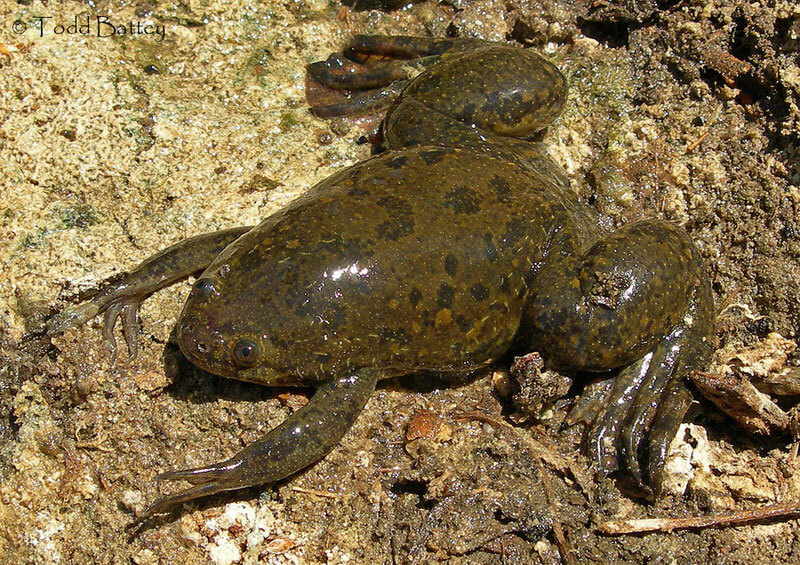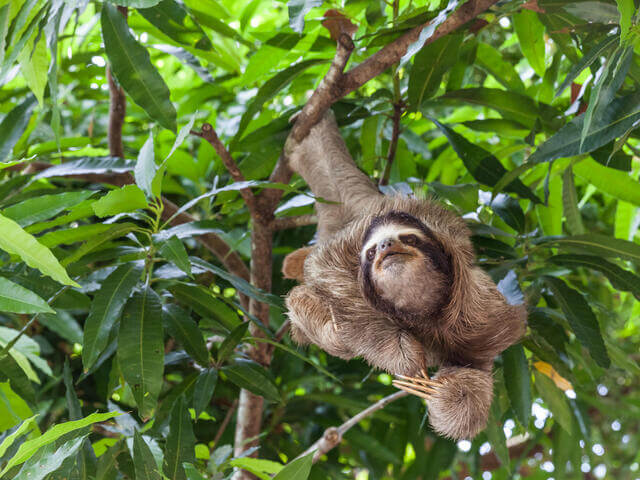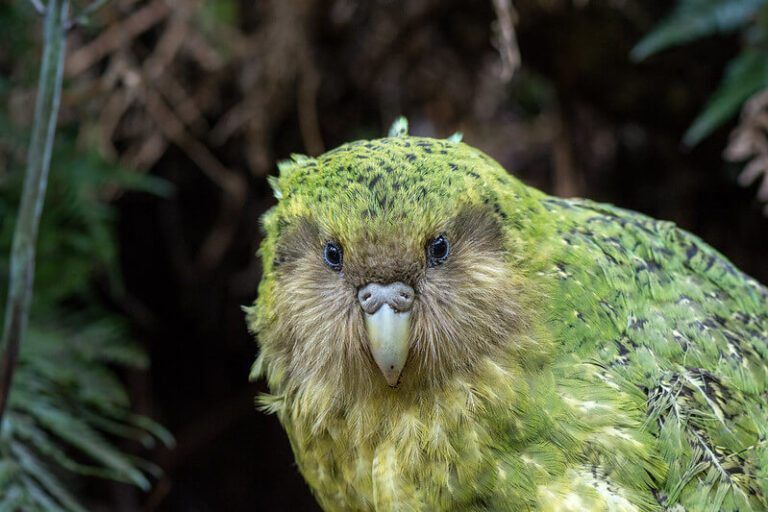Xenopus (African Clawed Frog) – An In-depth Look
The Xenopus, also known as the African Clawed Frog, is a fascinating species of amphibian renowned for its unique characteristics and significant role in scientific research. This guide explores its scientific classification, physical features, habitat, behavior, diet, reproduction, and predators.
Contents
Scientific Classification
- Kingdom: Animalia
- Phylum: Chordata
- Class: Amphibia
- Order: Anura
- Family: Pipidae
- Genus: Xenopus
- Species: Xenopus laevis (most commonly studied species)
The Xenopus genus consists of several species, with Xenopus laevis being the most prominent, often used in laboratories and widely studied for its developmental biology.
Physical Characteristics

Xenopus frogs possess distinctive physical features:
- Size: Adults grow between 4 to 5 inches (10-12 cm) long.
- Skin: Smooth, moist skin in shades of olive to brown, sometimes with darker spots or patches.
- Claws: Their most notable feature is the presence of three claws on their hind legs, which are used for tearing food.
- Eyes: Positioned on the top of their heads, allowing them to stay submerged while remaining alert to their surroundings.
- Webbed Feet: The hind feet are fully webbed, facilitating their excellent swimming abilities, while the forelimbs are not webbed.
Unlike most frogs, Xenopus frogs have no tongues and rely on their claws to grab food.
Habitat and Distribution
Xenopus frogs are native to sub-Saharan Africa, particularly in South Africa, Malawi, Zambia, and Namibia. They inhabit a range of aquatic environments:
- Freshwater Habitats: They are commonly found in ponds, lakes, rivers, and marshes. Xenopus frogs thrive in both temporary and permanent water bodies.
- Adaptations: These frogs are highly adaptable to changes in their environment. In dry conditions, they can burrow into mud and enter a state of estivation to survive droughts.
Behavior
- Nocturnal: Xenopus frogs are primarily nocturnal, meaning they are most active during the night.
- Aquatic Lifestyle: Fully aquatic, they rarely leave the water except during seasonal migrations or when their habitat dries up.
- Social Behavior: They often congregate in groups, particularly during the mating season.
- Senses: They rely on their lateral line system to detect vibrations in the water, which helps them locate prey and avoid predators.
Diet
The Xenopus frog is an opportunistic carnivore, consuming a varied diet:
- Primary Diet: Insects, small fish, crustaceans, worms, and other small aquatic creatures.
- Feeding Mechanism: Xenopus frogs use their clawed feet to shove food into their mouths since they lack tongues.
Reproduction
Xenopus frogs have an interesting reproductive cycle:
- Breeding Season: Typically coincides with the rainy season, when water levels rise.
- Courtship: Males produce vocalizations to attract females. The male then grasps the female in a mating posture called amplexus.
- Egg Laying: Females can lay thousands of eggs attached to underwater vegetation.
- Development: The eggs hatch into tadpoles, which undergo metamorphosis into adult frogs over several weeks. Xenopus tadpoles are filter feeders relying on microscopic food particles.
Predators
Despite their adaptability, Xenopus frogs face numerous threats:
- Natural Predators: Birds, snakes, fish, and larger amphibians are the main predators of Xenopus frogs.
- Human Impact: Habitat loss, pollution, and invasive species have also become significant threats in areas where they are found.
Conservation Status
The conservation status of Xenopus species varies:
- Xenopus laevis: Classified as Least Concern by the IUCN due to their widespread distribution and adaptability. However, other species within the Xenopus genus may face greater risks due to habitat destruction and pollution.
- Invasive Status: In some regions, such as California and Chile, where they have been introduced, Xenopus frogs are considered invasive species, impacting local ecosystems by preying on native species.
Interesting Facts
- Historical Role in Pregnancy Tests: In the mid-20th century, Xenopus laevis was used in the “Hogben test,” an early method of pregnancy detection. Injecting a woman’s urine into a female frog could induce egg-laying if the woman was pregnant.
- Lifespan: In the wild, they live around 5 to 15 years, but in captivity, they can live over 20 years.
- Genetic Importance: Xenopus frogs are model organisms in developmental biology research, offering insights into vertebrate embryonic development.
Evolutionary History
The Xenopus genus has a long evolutionary history dating back over 300 million years, making them among the most ancient groups of frogs. Their evolutionary success is attributed to their adaptability and reproductive strategies. Fossil records suggest their ancestors were widespread across Gondwana before the continents split.
Relationship with Humans
Xenopus frogs have had a significant impact on humans, particularly in the scientific community:
- Research: These frogs are used extensively in medical and biological research, especially in embryonic development and cell biology studies.
- Invasive Populations: In some parts of the world, escaped or released laboratory frogs have established invasive populations, leading to ecological concerns.
Conclusion
The Xenopus, or African Clawed Frog, is a remarkable species with unique traits that have allowed it to thrive both in the wild and in scientific research. Its adaptability and importance in the scientific community make it a species of great interest to biologists and conservationists alike. Despite threats from predators and human activity, many Xenopus species remain resilient in their natural habitats while also serving as a crucial tool for understanding vertebrate biology.
- Are Rottweilers Good With Kids? Reasons & Training Tips - 17 September 2025
- How Long Are Dogs Pregnant: Complete Guide - 16 September 2025
- German Shepherd Doberman Mix: Info, Pictures, Care & More - 11 September 2025







